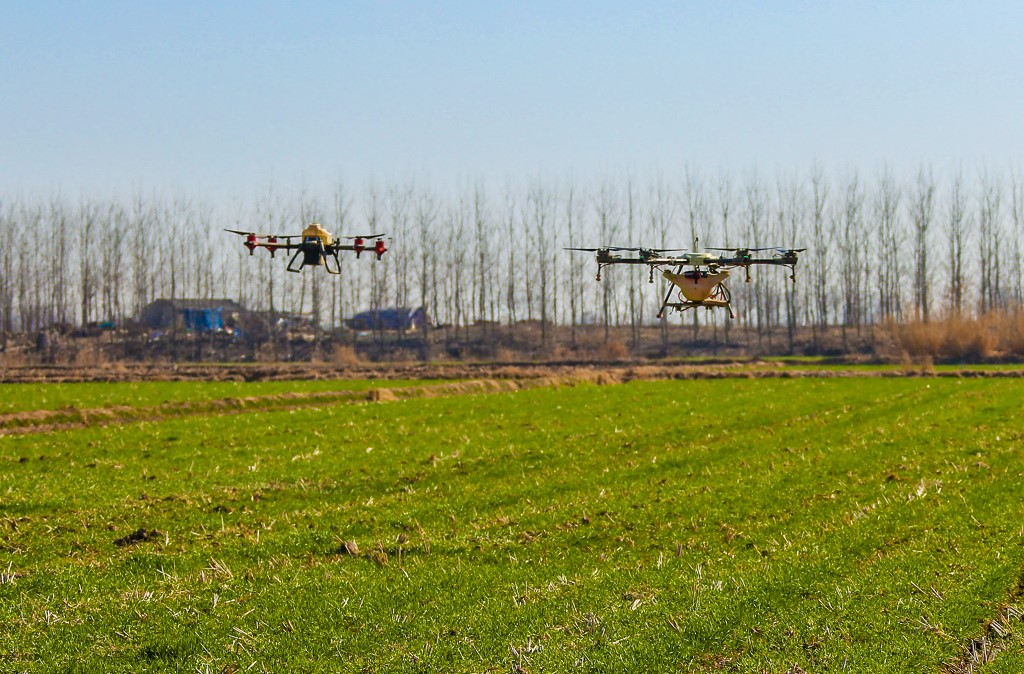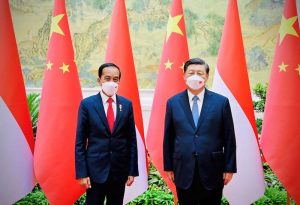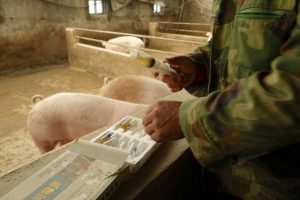(ATF) “Every house will have robots, and everyone will have drones. The era is coming, and the sky becomes busy – and it is inevitable.”
Fan Bangkui, an academic at the Chinese Academy of Engineering, has called for China to create a new infrastructure – a low-altitude “intelligent” network to create a new format for the digital economy. He spoke at the China Electronics and Information Technology Annual Conference on Sunday (April 18).
“The focus of future development of the UAV [unmanned aerial vehicles] industry is not the production and manufacturing of UAVs, but the various specialized services generated by the application of UAVs in various fields of the national economy, such as agriculture and forestry, generalized remote sensing detection, logistics and transportation; public safety, consumer entertainment, shopping, deliveries and other things.”
The academic firmly believes: “Agriculture will definitely become the dominant battlefield for drones.”
According to the data recorded by Fan Bangkui, last year the number of plant protection drones nationwide reached 110,000, while the area they operate in each year will be 1.1 billion mu (a mu is just over 800 square yards, or 0.165 of an acre).
The price per mu for drone services has dropped from 8 yuan in 2016 to about 2.5 yuan, and the use of pesticides has been reduced by 30%, the Technology Daily has reported.
Zheng Jishu, director of the ‘Intelligent’ Equipment Research Office at the Agricultural Engineering Research Institute of Chongqing Academy of Agricultural Sciences, said: “Through the “one-stop” drone control, operation and application services of the ‘China Mobile Lingyun’ platform, we have been able to work on agriculture under a preset flight route. The remote precision and automatic control of plant protection drones greatly reduces the dependence of traditional drone plant protection operations, depending on pilots’ operating experience.”
According to Lei Zhibo, Sub-director of the High-tech Zone at China Mobile’s Chongqing Branch, ‘China Mobile Lingyun’ is the country’s first 5G networked drone management and platform operation independently developed by China Mobile. With man-machine parallel control, it will be used for simultaneous operations in large-area application scenarios.
“After experiencing the ‘mainland century’, navigation era, and ‘space exploration’ stages, the development and utilization of low-altitude resources will become a new space for human economic activities,” academician Fan Bangkui forecast.
He said the country needs to take the aviation industry by the nose so the low-altitude economy can provide new momentum for China’s economic and social transformation and development.
Drone industry applications would be part of a new form of the low-altitude digital economy, and data-driven aerial mobile agents would perform various tasks in a network environment, but drones would need a low-altitude intelligent network to carry and manage data loads.
Fan Bangkui said: “Low-altitude intelligent networking is not only an important configuration element of the low-altitude economy, but also an important starting point for a low-altitude governance system.”
He suggested to strengthen a top-level design of the drone applications should be incorporated into the national technology and industrial development strategy system, to establish a low-altitude management system led by the state. That could then let loose market operations, which would sort out the drone industry’s uses and development needs.
























